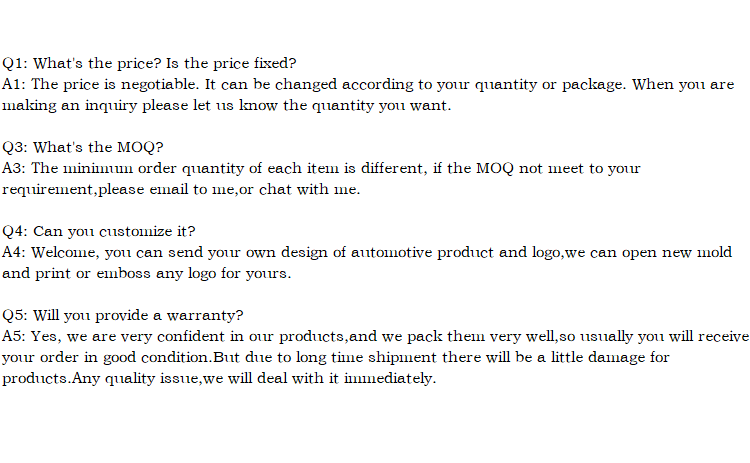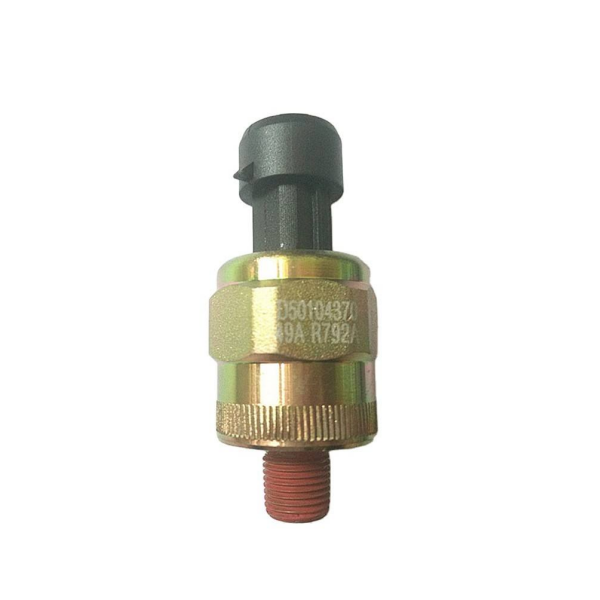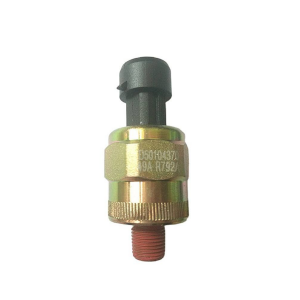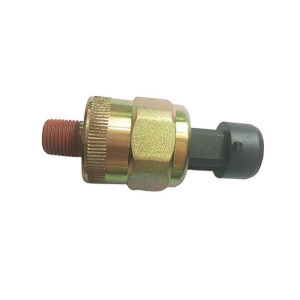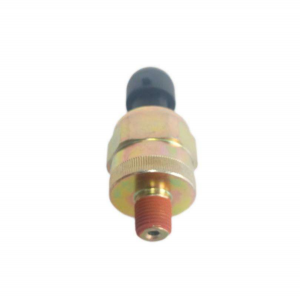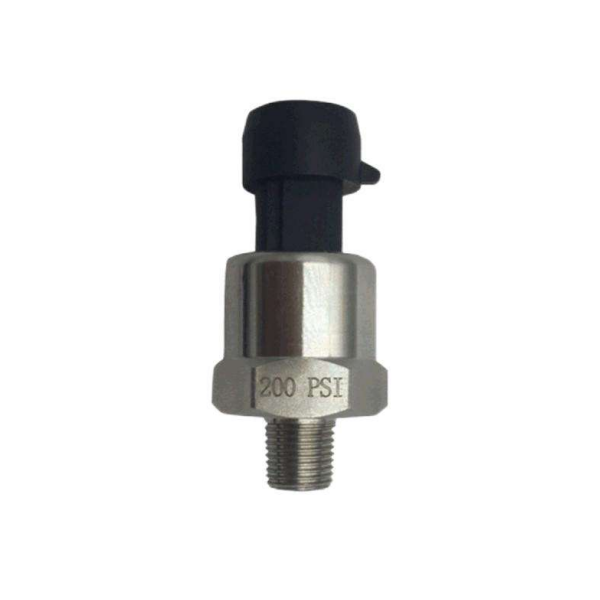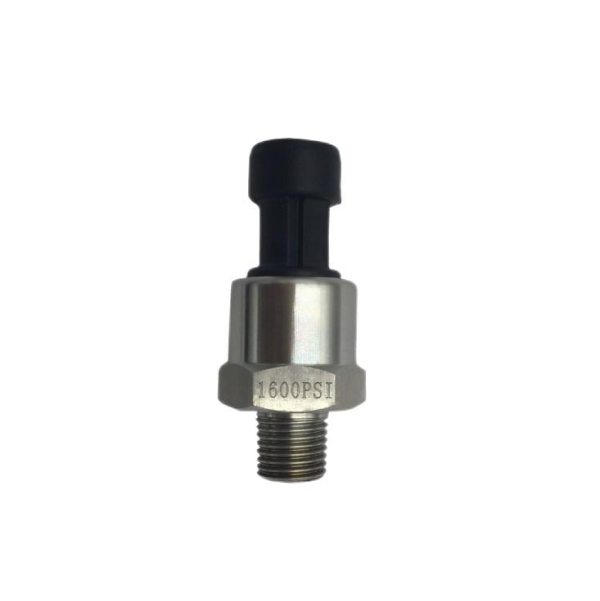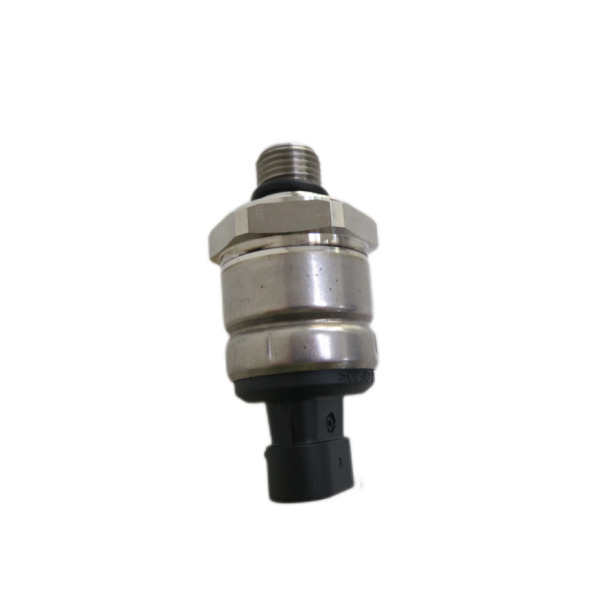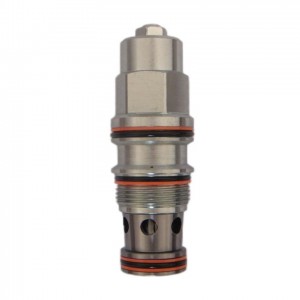High Quality D5010437049 5010437049 3682610-C0100 Air Pressure Sensor
Details
Marketing Type:Hot Product 2019
Place of Origin:Zhejiang, China
Brand Name:FLYING BULL
Warranty:1 Year
Type:pressure sensor
Quality:High-Quality
After-sales Service Provided:Online Support
Packing:Neutral Packing
Delivery time:5-15 Days
Product introduction
Semiconductor pressure sensors can be divided into two categories, one is based on the principle that I-υ characteristics of semiconductor PN junction (or schottky junction) change under stress. The performance of this pressure sensitive element is very unstable and has not been greatly developed. The other is the sensor based on semiconductor piezoresistive effect, which is the main variety of semiconductor pressure sensor. In the early days, semiconductor strain gauges were mostly attached to elastic elements to make various stress and strain measuring instruments. In 1960s, with the development of semiconductor integrated circuit technology, a semiconductor pressure sensor with diffusion resistor as piezoresistive element appeared. This kind of pressure sensor has simple and reliable structure, no relative moving parts, and the pressure sensitive element and elastic element of the sensor are integrated, which avoids mechanical lag and creep and improves the performance of the sensor.
Piezoresistive effect of semiconductor Semiconductor has a characteristic related to external force, that is, the resistivity (represented by symbol ρ) changes with the stress it bears, which is called piezoresistive effect. The relative change of resistivity under the action of unit stress is called piezoresistive coefficient, which is expressed by the symbol π. Expressed mathematically as ρ/ρ = π σ.
Where σ represents stress. The change of resistance value (R/R) caused by semiconductor resistance under stress is mainly determined by the change of resistivity, so the expression of piezoresistive effect can also be written as R/R=πσ.
Under the action of external force, certain stress (σ) and strain (ε) are generated in semiconductor crystals, and the relationship between them is determined by Young's modulus (Y) of the material, that is, Y=σ/ε.
If the piezoresistive effect is expressed by the strain on the semiconductor, it is R/R=Gε.
G is called the sensitivity factor of pressure sensor, which represents the relative change of resistance value under unit strain.
Piezoresistive coefficient or sensitivity factor is the basic physical parameter of semiconductor piezoresistive effect. The relationship between them, just like the relationship between stress and strain, is determined by the Young's modulus of the material, that is, g = π y.
Because of the anisotropy of semiconductor crystals in elasticity, Young's modulus and piezoresistive coefficient change with crystal orientation. The magnitude of semiconductor piezoresistive effect is also closely related to the resistivity of semiconductor. The lower the resistivity, the smaller the sensitivity factor. The piezoresistive effect of diffusion resistance is determined by the crystal orientation and impurity concentration of diffusion resistance. The impurity concentration mainly refers to the surface impurity concentration of the diffusion layer.
Product picture
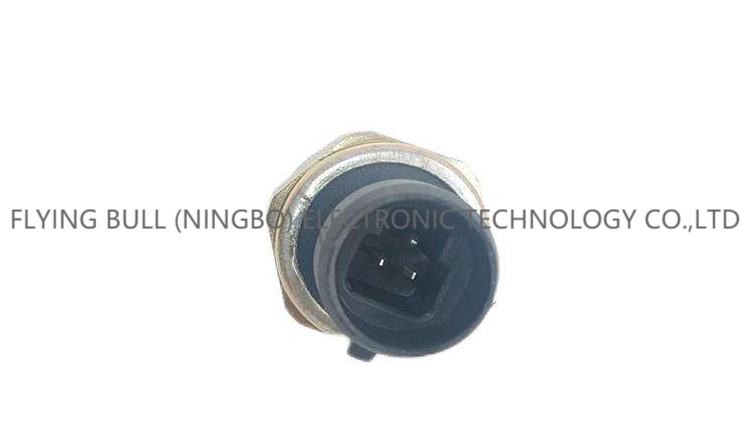
Company details







Company advantage
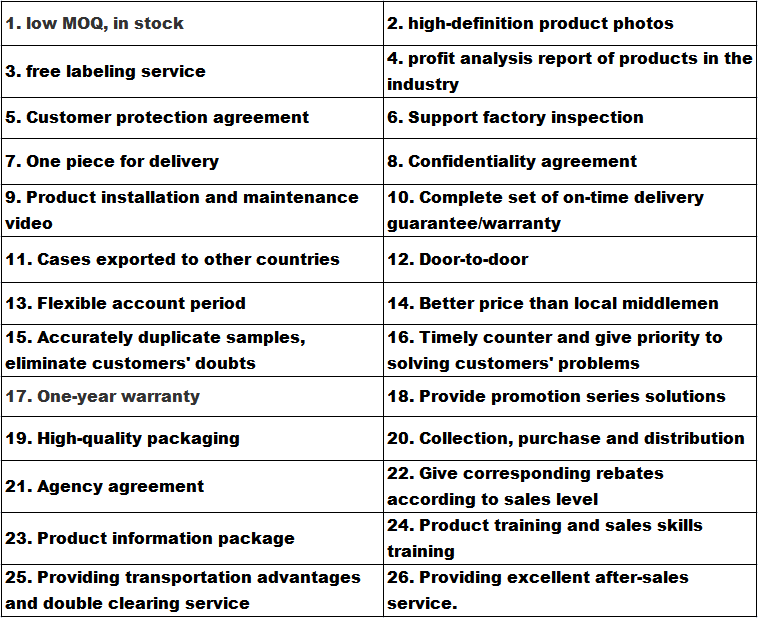
Transportation

FAQ
